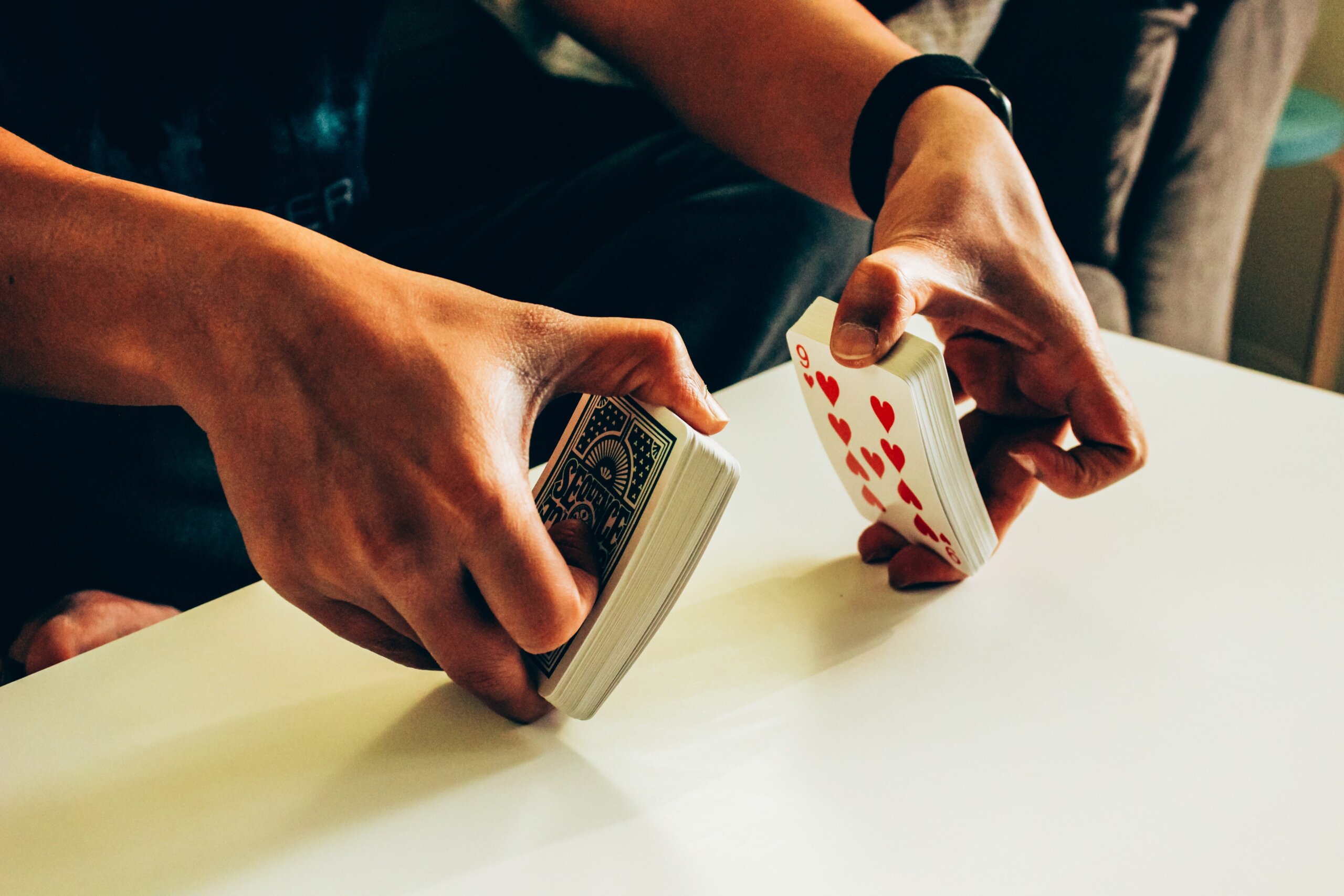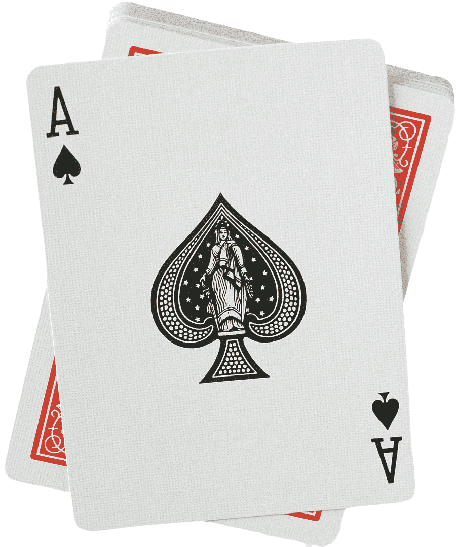To start the game, gather a standard deck of 52 cards and shuffle them thoroughly. Deal 10 cards face-down to each player, which will form their initial hand for the game. Next, determine the starting player. The game progresses in turns, moving clockwise around the table. On your turn, you’ll follow a series of steps. Begin by drawing one card from either the draw pile or the discard pile. In Phase 10, once you have drawn a card, you have various actions to choose from. If you have collected all the necessary cards for the phase assigned to your current round, you can lay down that phase. This involves placing the required cards face-up on the table in front of you. Once a phase is laid down, you no longer need to gather additional cards for that phase.
On the other hand, if you have already laid down a phase, you can add cards to your own completed phases or even to other players’ completed phases, if it follows the rules of the specific phase. This allows you to strategically advance your own gameplay or potentially hinder the progress of opponents. At the end of your turn, you must discard one card face-up onto the discard pile. It’s important to consider the card you discard, as other players may be able to use it to add to their phases. If they have the opportunity, they can “hit” the card and claim it for themselves, incorporating it into their own phase. The ultimate objective in Phase 10 is to be the first player to complete all ten phases. Once you successfully complete your current phase, you advance to the next phase in the subsequent round. The rounds continue until a player manages to lay down their current phase and discards their last card. This signifies the end of the round.
After the round concludes, players calculate their scores. Scoring is determined by adding up the points based on the cards remaining in each player’s hand. Each card carries a specific value, with special cards like Skip and Wild cards holding higher values. The player with the lowest total score from the remaining cards becomes the starting player for the next round. The game proceeds with subsequent rounds as players strive to complete their current phase and progress to the next one. The first player to successfully complete the tenth and final phase becomes the overall winner of the game.
Completing Phases
Completing phases in Phase 10 involves understanding the unique requirements of each phase. Each phase has specific criteria, such as sets of cards with the same rank or runs of consecutive cards. It’s important to familiarize yourself with the criteria for the phase you are currently working on. To complete a phase, you need to collect the necessary cards. This can be done by drawing cards from the deck or picking up cards from the discard pile during your turn. Keep an eye out for cards that will help you meet the requirements of your phase. Keep track of other players’ progress and their completed phases. Paying attention to their objectives will help you assess whether it is beneficial to add cards to their phases or hinder their progress in some way. Once you have gathered all the required cards for your phase, you can lay them down face-up.
Strategies for Hitting in Phase 10
In Phase 10, hitting is a strategic move that can be used to hinder your opponents’ progress or advance your own game. When considering hitting a card, it’s important to assess its importance to your phase. If the card is crucial for completing your phase, hitting it can provide a significant advantage. However, if the card is less important or easily replaceable, focusing on your own gameplay may be more beneficial.
To effectively hit cards, you need to closely observe other players’ progress and pay attention to their discarded cards. By monitoring their phases and identifying when they are close to completing them or when they discard cards you need, you can strategically hit those cards to disrupt their progress and slow them down. This tactic not only buys you extra time to work on your own phase but also creates obstacles for your opponents.
Hitting can also be used defensively. If you suspect that an opponent is close to completing their phase and might hit one of your crucial cards, consider preemptively hitting it yourself. By taking the card first, you protect your own progress and make it more challenging for them to hinder your gameplay. Keeping track of the cards that have been discarded throughout the game is essential for effective hitting. This awareness allows you to make more informed decisions about which cards to hit. By remembering which cards have already been played, you can calculate the likelihood of certain cards being available in the discard pile, improving your hitting strategy.
Going Out and Finishing a Hand in Phase 10
The goal in Phase 10 is to go out and finish your hand by successfully completing all ten phases and having no remaining cards. To achieve this, strategize your hand by collecting the cards you need for your remaining phases. Keep track of played cards and the discard pile to make informed decisions about which cards to pick up. Choose the most advantageous phase as your final one based on the game situation.
When it’s your turn, prioritize drawing from the draw pile for the card you need, but consider picking up from the discard pile if the exact card is available. Lay down the necessary cards for your final phase and ensure they adhere to the phase’s rules. Declare that you’re going out and verify with other players. After going out, the round ends, and scores are calculated based on remaining cards, with special cards carrying higher values. The player with the lowest score becomes the starting player for the next round.
In summary, going out and finishing a hand in Phase 10 requires careful planning, strategic decision-making, and a bit of luck in obtaining the necessary cards. By completing all the phases, timing your moves, selecting the most advantageous phase as your last one, and adhering to the rules, you can increase your chances of going out quickly and securing victory in Phase 10.
Tips for Winning
To win at Phase 10, you need strategy, planning, and a bit of luck. Understand each phase’s card combinations, plan your moves, and prioritize collecting the required cards. Manage your hand by discarding useless cards and watching the discard pile for beneficial ones. Timing is crucial. Disrupt opponents by hitting cards they need or discarding cards they want. Observe discarded cards to gather information and make informed decisions. Utilize Wild and Skip cards wisely. Wild cards substitute any card, while Skip cards disrupt opponents’ turns. Stay flexible and adapt your strategy as the game progresses. Anticipate opponents’ moves, hinder their progress, and stay focused on completing your phases.



